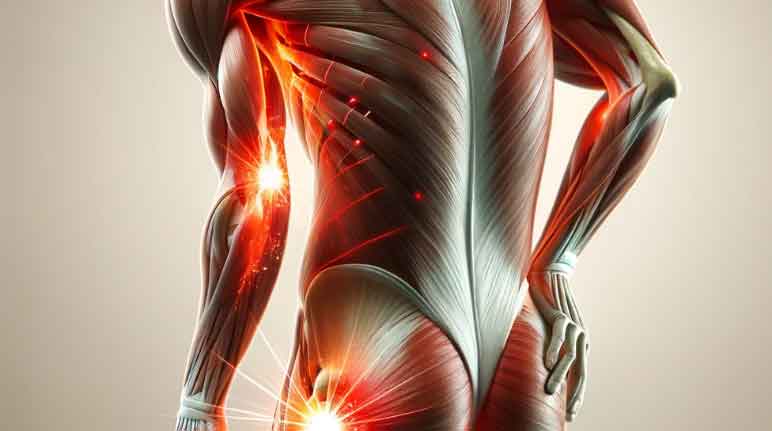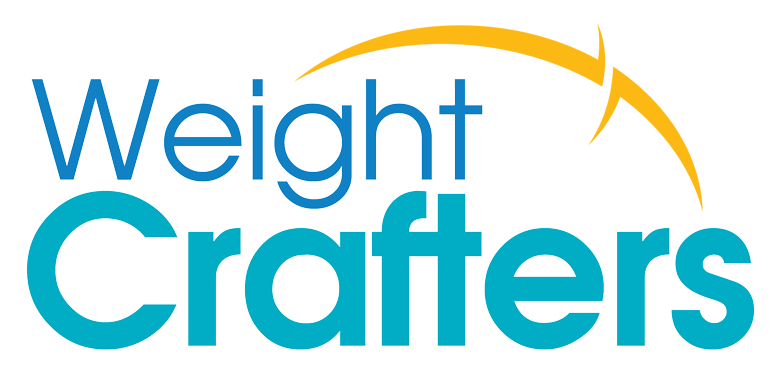How to Tell if It's a Pinched Nerve or Pulled Muscle: Symptoms, Diagnosis, and Treatment

Are you experiencing musculoskeletal pain but unsure what's causing it? Two common yet often confused conditions - pinched nerves and pulled muscles - could be the culprits behind your discomfort.
Each has distinct causes, symptoms, and treatment options, making it crucial to understand their differences.
Read time: Approximately 5 minutes
Quick Index
- Introduction
- What is a Pinched Nerve?
- What is a Pulled Muscle?
- Key Differences Between Pinched Nerve and Pulled Muscle
- Symptom Comparison Graph
- Diagnostic Approaches
- Treatment Options
- Prevention Strategies
- When to Seek Medical Help

Pinched Nerve vs. Pulled Muscle – Understanding and Managing Your Pain
While pinched nerves and pulled muscles can present similar symptoms, they stem from different underlying issues and require distinct treatment approaches.
Proper diagnosis is essential for effective management and recovery, as mistreating one condition for another can delay healing and potentially worsen your pain.
What is a Pinched Nerve?
A pinched nerve occurs when surrounding tissues, such as bones, cartilage, muscles, or tendons, apply too much pressure on a nerve. This pressure disrupts the nerve’s function, causing pain, tingling, numbness, or weakness.
Symptoms of a Pinched Nerve
- Tingling or "pins and needles" sensation: Often felt in the affected area, this sensation can radiate outwards.
- Numbness: A loss of feeling or partial loss in the affected region.
- Burning sensation: Typically worsens with specific movements or activities.
- Muscle weakness: Difficulty using the affected muscle or experiencing sudden weakness.
- Commonly affected areas: Neck, lower back, and limbs, including arms and legs.
Causes of a Pinched Nerve
- Muscle spasms: Sudden involuntary muscle contractions.
- Arthritis: Inflammation of the joints, which can compress nearby nerves.
- Herniated discs: Discs between vertebrae can bulge or rupture, pressing on nerves.
- Bone spurs: Bony growths that can narrow nerve pathways.
- Tumors: Abnormal tissue growth can also compress nerves.
What is a Pulled Muscle?
A pulled muscle, or muscle strain, occurs when a muscle is overstretched or torn. This can happen due to sudden or excessive force exerted on the muscle.
Symptoms of a Pulled Muscle
- Pain and tenderness: Localized pain in the muscle, especially during movement.
- Swelling and bruising: The affected area may become swollen and discolored.
- Limited range of motion: Difficulty moving the muscle without pain.
- Muscle weakness: Reduced strength in the affected muscle.
- Commonly affected areas: Lower back, legs, neck, and shoulders.
Causes of a Pulled Muscle
- Overexertion: Engaging in activities beyond the muscle’s capacity.
- Improper lifting: Lifting heavy objects without proper form.
- Sudden movements: Quick, jerky motions that stress the muscle.
- Accidents: Unexpected impacts or falls that overstretch the muscle.
Symptom Comparison
| Symptom of a Pinched Nerve | Symptom of a Pulled Muscle |
|---|---|
| Tingling or "pins and needles" sensation | Pain and tenderness |
| Numbness | Swelling and bruising |
| Burning sensation | Limited range of motion |
| Muscle weakness | Pain and tenderness |
| Where: Neck, lower back, and limbs, including arms and legs | Where: Lower back, legs, neck, and shoulders |
Key Differences Between Pinched Nerve and Pulled Muscle
Understanding the distinct characteristics of each condition can help in accurate self-assessment and treatment.
Nature of Pain
- Pinched nerve pain:
Sharp, shooting pain that radiates from the source. - Pulled muscle pain:
Localized, deep ache, often accompanied by stiffness.
Sensations
- Pinched nerve sensation:
Tingling, numbness, and burning sensations are common. - Pulled muscle sensation:
Primarily stiffness, soreness, and swelling.
Response to Movement
- Pinched nerve response:
Pain may worsen with certain movements, especially those that compress the nerve further. - Pulled muscle response:
Pain typically increases with muscle use and activity.
Diagnostic Approaches
Accurate diagnosis is crucial for effective treatment. Here are some approaches to diagnosing pinched nerves and pulled muscles.
Self-Assessment Tips
- Observing pain type and location: Note whether the pain is sharp and radiates (suggestive of a pinched nerve) or localized and deep (indicative of a pulled muscle).
- Noting accompanying sensations: Look for tingling, numbness, or burning (common with pinched nerves) versus stiffness and swelling (common with pulled muscles).
Medical Diagnosis
- Physical examination: A healthcare provider will assess symptoms, range of motion, and physical condition.
- Imaging tests: MRI, X-rays, or CT scans can provide detailed images to identify nerve compression or muscle tears.
Treatment Options
Treatment varies significantly between pinched nerves and pulled muscles. Here’s a comprehensive look at the options available for each condition.
For Pinched Nerves
- Rest: Avoid activities that exacerbate pain to allow the nerve to heal.
- Physical therapy: Techniques to alleviate pressure on the nerve, including exercises and stretches.
- Medications: Pain relievers and anti-inflammatory drugs to reduce pain and swelling.
- Corticosteroid injections: To reduce inflammation around the nerve.
- Surgical intervention: In severe cases, surgery may be necessary to relieve pressure on the nerve.
For Pulled Muscles
- Rest and ice: Resting the muscle and applying ice to reduce swelling.
- Compression and elevation: Using compression bandages and elevating the affected area to manage inflammation.
- Physical therapy: Gradual exercises to restore strength and flexibility.
- Anti-inflammatory medications: To reduce pain and swelling.
- Heat therapy: Applying heat to relax and soothe the muscle once the initial swelling has decreased.
Prevention Strategies
Preventing these conditions involves maintaining a healthy lifestyle and practicing safe habits.
General Tips
- Proper ergonomics: Ensure your workspace and home environment support good posture and reduce strain.
- Regular exercise: Strengthen muscles and improve flexibility to prevent strains and nerve compression.
- Avoiding repetitive motions: Reduce the risk of overuse injuries by varying your activities.
- Using correct lifting techniques: Lift with your legs, not your back, to prevent muscle strain and back injuries.
When to Seek Medical Help
It’s important to know when to seek professional advice. You should consult your doctor if you experience any of these:
- Persistent or severe pain: If pain does not improve with home care or worsens.
- Significant weakness or loss of function: Symptoms of a pinched nerve that include marked weakness or difficulty in performing daily activities.
- Daily activity impairment: If pain or symptoms significantly interfere with your daily life.
Identifying whether your pain is due to a pinched nerve or a pulled muscle is the first step towards effective treatment and recovery. Understanding the differences, causes, symptoms, and appropriate treatments can empower you to manage your condition better and prevent future injuries.
This article is not intended for the diagnosis or treatment of any medical condition. Weight Crafters offers information and suggestions, but cannot replace your personal physician.
Always consult with a healthcare professional if you are uncertain about your symptoms or need a tailored treatment plan.
How did we do?

Rated 4.2 of 5 Stars by 92 readers.


